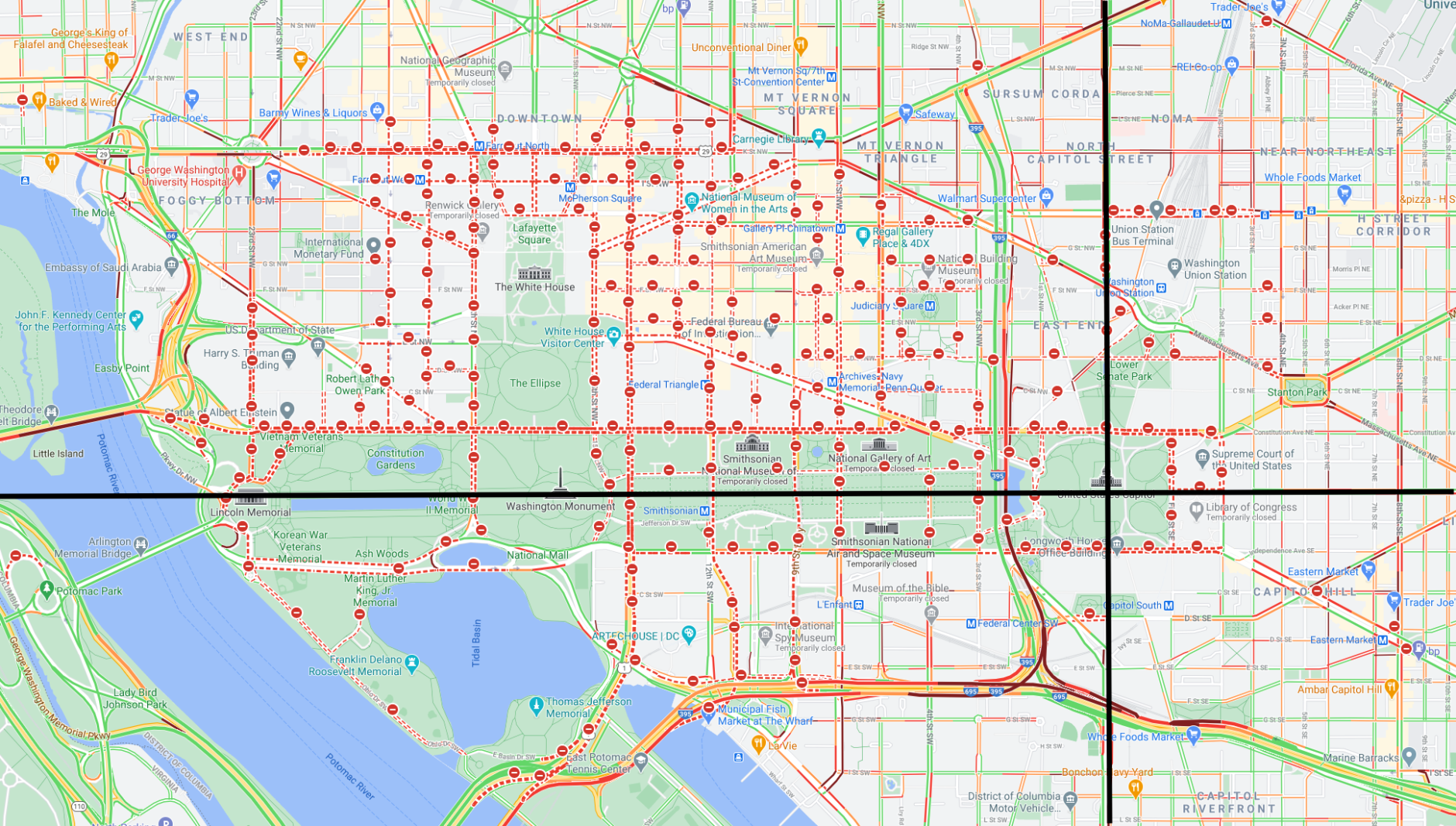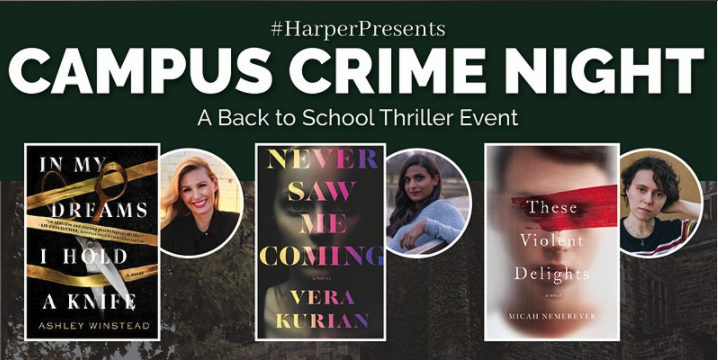I don’t want to say a TON about Andre within the context of the plot specifically, to avoid spoilers, but rest assured, this guy is keeping some secrets.
I did want to talk a bit about writing a Black character while I myself am not Black (although I am a POC). I put a lot of thought into getting Andre’s character right, at every level of writing from conceiving the character, to drafting, to revising with my agent, to revising with my editor. The reason for this is that there have been many, many depictions of characters of a race other than the author that were badly done. Worst case scenario these are racist stereotypes and/or the author is just throwing in a funny Black sidekick (or in the context of other minorities, a gay best friend or insert whatever stereotype) and slapping the label of “diversity” onto their book. In the past few years, there has been a greater push for literary diversity, and this has both taken the form of wanting more books written by different people to reflect a reality that is not all white, not all straight, not all wealthy, etc. (One particular peeve of mine is seeing depictions of cities I have lived in depicted as all white when they are most definitely not.) This has led to some authors writing outside their race and doing it fine, some doing it with good intentions but badly, and some spectacular failures.
This wasn’t a task I took lightly. I’ve felt comfortable writing male and female characters, gay and straight ones, and a smattering of minorities where identity wasn’t central to the story. (As I’ve written elsewhere, I don’t think people who are not a particular identity should write stories that are focused primarily on identity—leave that to the people best suited to do that. However that does mean I’m okay with them if the central through line of their story is not about identity.) For me, it was important to me that my book taking place in DC should reflect the reality of DC—I have seen many, many depictions of my home city as being really white while in reality it is very Black. DC is also not all politics and K street lobbyists—there’s actual normal people who live here, and there are many different subpockets of populations. On any given day you could walk into a restaurant and hear Spanish, Amharic, Arabic, or French, you could be nearly mowed down by a car with diplomatic plates, attend a free event at the Kennedy Center or a very expensive event at the Kennedy Center. (haha except maybe not now because of COVID hell..?)
While I had written Black characters before, this was the first time I had a Black POV. I did not come from a place where I assumed I was well-placed to write a Black narrator because of my background. Yes, I’m a brown person, but that doesn’t necessarily mean I understand what it is to be Black. Yes, I spent six years in graduate school working in a lab that largely focused on racism in America and ethnicity-based conflict, but all that gave me was a very academic understanding of race. I could quote statistics and have arguments about structural racism, but this was not the same as my emotional reaction some years later of watching the Philando Castile video—I knew all the statistics and experimental work behind shooter bias, and I had read stories and seen videos before, but feeling that video is different than reading journal article after journal article. Not knowing at all is bad; only knowing is somewhat better; but you need to both know and feel.
In the absolute worst instances, people writing outside their race will rely on racial stereotypes that are offensive—I hope instances like these become fewer and fewer as people become more well informed and publishing becomes more diverse. But in the middle, you have well-intentioned people who sometimes get it wrong in other more subtle ways. One way is including minority side-characters who are just there to be sounding boards to the real central character, who is white. It was important to me that Andre be a fully-realized, 360 degree, three-dimensional character. That he would have his own motivations—sometimes at odds with other characters—his own background, his own thoughts, and desires—in particular, because I was writing this novel to have a “strong” female lead, who happens to be white. I’m not going to say how many narrators this book has, but I will say that I mapped out every single scene and noted what every single person’s motivation was during that scene and the motivations should never be exactly the same.
There’s another way that writers sometimes get minorities wrong and I may be treading onto territory that makes people uncomfortable, but whatever. In this instance I am talking about just writing a default white character and saying that they are Black (or insert whatever other minority). While this is (probably?) well-intentioned, I think it comes from the sort of wrong-headed “I don’t see race/ we’re all the same on the inside!” school of thought. The reason this doesn’t work is race consciousness. Black people have Black race consciousness. I have Asian race consciousness. I don’t know what it is exactly that white people have with respect to race consciousness—and this is a fascinating thing that we are confronting as a nation right now—but brown people have a whole other file folder of stuff in their brains, a filter that switches on, a thing inside their heads that is hard to articulate if you don’t have it, and this is why just calling the dude Leroy is not going to work. I imagine its the same for other minorities—that trans people have trans consciousness, gay people have gay consciousness. This is a thing that is hard to fake, particularly if you don’t know that it exists. (or refuse to accept that it does.)
Too often non-Black people writing Black characters means they take a character and have a variety of racial discrimination events happen to them, as if the sum total of being Black is about pain. But there’s also a thing as Black joy. Black family dynamics. Barbershops and church. Humor. The way they talk to each other when no one white is present. DC is riding the subway with cars filled with high school kids trying to outdo each other. Passing the Black church in my neighborhood and hearing the singing through the stained glass windows. It’s Howard girls dressed to the nines for bougie brunch. Yes, I came from a background with a very academic understanding of research on race but that didn’t make me so arrogant as to assume that I could still get it right. Not that I’m assuming I did. But I listened a lot (which IMHO is the fundamental backbone of the problem this country has with respect to race). I consumed Black media, in particular media that was geared toward other Black people. I thought about books I had read where characters or places didn’t “ring true” to me—it was when they didn’t feel specific, or three dimensional, that that much care or attention went into rendering them.
Interestingly in my first draft of NSMW Andre came out… really rabbity? I mean, given that people are getting murdered in this book, it makes sense that there would be situations where one might be rabbity, but I actually think this was a byproduct of my being anxious about getting his character right. As I got more assurances of how much “space” I had to work with in his book, I was able to render him in a way I was satisfied with.
I guess time will tell about whether or not I succeeded. I will say that it’s been interesting for me to see what people’s reactions have been to all the narrators in this book. Andre plays a crucial role for the emotionality in the book, although I won’t say why exactly, right now.















